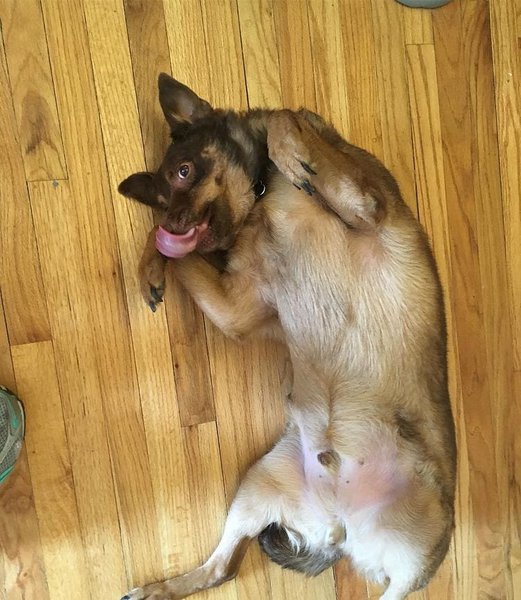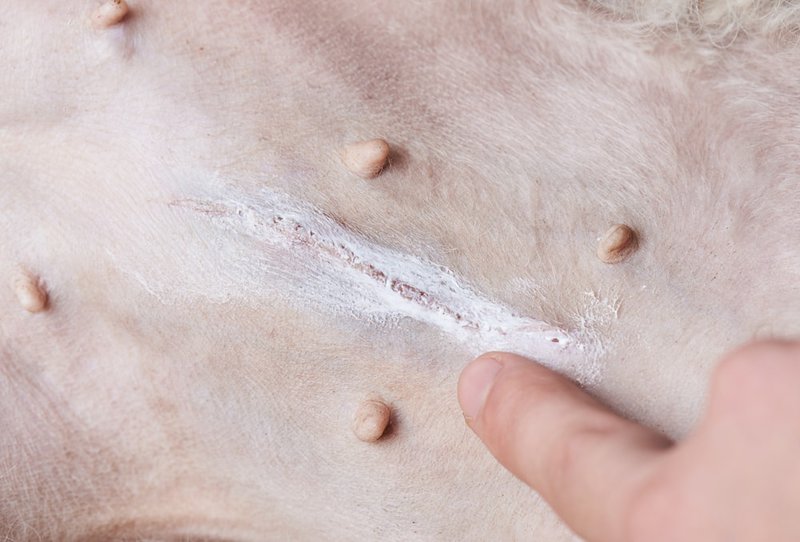I noticed recently that my dog seems to be missing a belly button. Have you searched for your dog’s belly button to no avail? Do dogs have belly buttons? If they do, where are their navels located?
All dogs have belly buttons, just like other mammals. Their belly buttons, however, are not as prominent as those of humans. Humans tie their umbilical cords, whereas, many believe that dogs chew them off. Also, the belly button of a dog is small both in diameter and size, making it less noticeable or not noticeable at all.
Now, having confirmed that dogs have belly buttons, there’s more. We need to learn where their belly button is, how to find it, and what it looks like. But, before we go into details, we need to understand what a belly button is exactly. Please continue reading to learn more.
Do Dogs Have Belly Buttons?
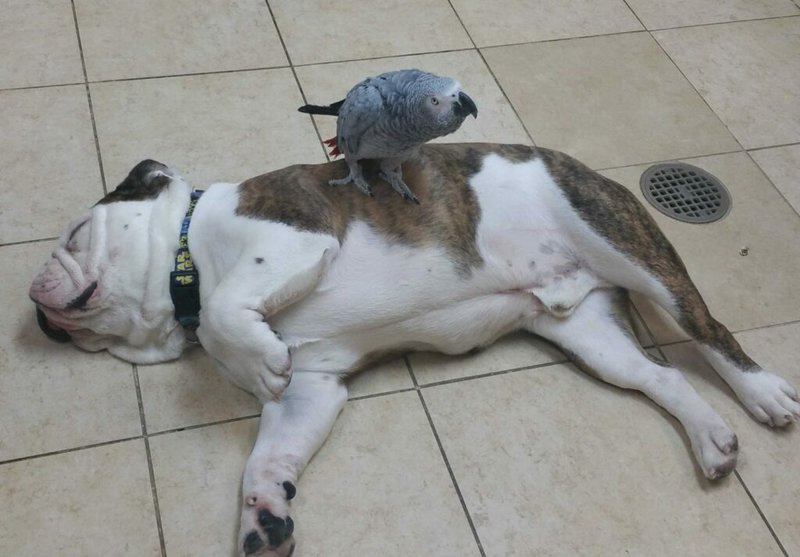
Yes, dogs have belly buttons. Almost all mammals have belly buttons because mammals grow umbilical cords before birth.
What Is A Belly Button?
Simply put, the belly button is the scar left after cutting a dog’s umbilical cord. Belly buttons come in different sizes and shapes. However, dogs’ belly buttons are quite different from those of humans. A dog belly button is very discreet.
In the wild, the dog’s mother usually bites off her puppy’s umbilical cord, creating a scar. A human helper may also cut it off. Whatever way this removal happens, what’s left behind is a simple scar.
Mammals that lay eggs (monotremes), like the platypus, and pouched mammals (marsupials), like the kangaroo, are the only mammals that don’t need an umbilical cord. Therefore, they don’t have a belly button. The majority of other mammals with placentas, like dogs, have a scar on their navels that fades with time.
This umbilical cord is a tube offering oxygen, blood, and nutrition to the puppy while in the womb. There is no way the puppy would survive without using its umbilical cord.
Once the puppy is born, the dog’s mother usually chews the umbilical cord off. Then the healing process starts. For humans, this is a little more complex, and where the cutting is done determines the kind of belly button that will eventually form. The removal process also determines whether the human’s button belly will be out or in.
When puppies are born, they have a similar experience. However, the cord is simpler and less volumetric. This results in something less scary compared to humans, as well as a smaller belly button.
What Does A Dog’s Belly Button Look Like?
The belly buttons of healthy canines look uniform and flat. This belly button can appear linear or stretched and looks like a traditional scar. The belly button is usually more noticeable in young puppies. However, the belly button immediately heals, and hair grows over it, making it challenging to locate.
With time, the area surrounding the belly button changes. First, there’s a difference in the hair follicles. Hair follicles act differently in scar tissues than in normal skin.
In general, the hair-growth direction becomes circular. You may find some hair close to the area. The fur may become darker on some dogs, but this doesn’t always happen. However, dogs with lighter fur can have a greater color discrepancy.
How Do I Find My Dog’s Belly Button?
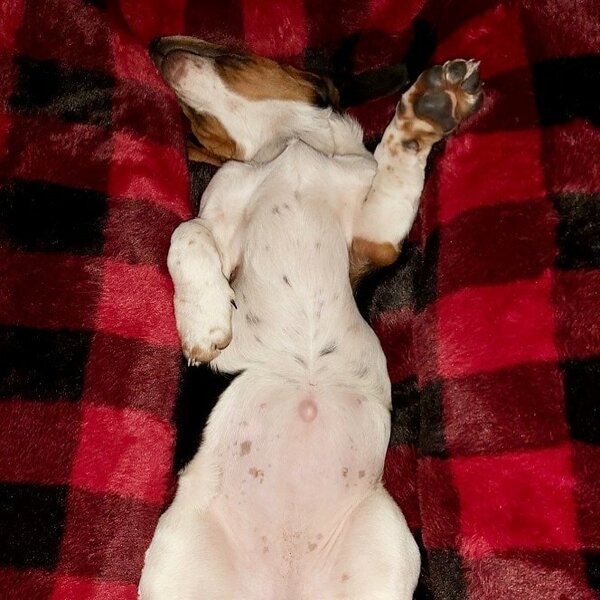
The location of a dog’s belly button varies. However, the belly button is usually above the genitals and underneath the rib cage. It is close to the dog’s stomach.
Dog’s belly buttons, unlike humans, are only noticeable and visible for a short period after birth. Umbilical cords of medium- and short-haired dogs can be found around the little hairs at the meeting point of your dog’s coat around the ribs’ base.
Do Dogs Have Their Belly Buttons Placed In The Same Location As That Of Humans?
No, human’s belly buttons and dog’s belly buttons are in different locations. In many ways, the physiology of dogs is different than that of humans. The different belly button location has to do with the position of the dog’s navel and nipples.
For humans, nipples are around the topmost area of the torso, while the navel is towards the bottom. For both female and male dogs, nipples flank the navel on either side.
Tips On Locating The Belly Button Of Dogs
- Check the area where your pooch’s belly button is and press gently. The belly button usually appears as scar tissue.
- Check for any hair swelling around the area where you find the scar. Hair follicles form differently depending on the skin type around the scar.
- Find the scar nearer to your pooch’s stomach than the ribs.
- Look for slightly darker fur surrounding your furry friend’s belly button scar.
Do Dog’s Belly Buttons Disappear?
A dog’s belly button will fade with time. They are only noticeable and visible for a short period after their birth. Most other placental mammals have much in common with dogs and cats. Placental mammals also have navel scars that will fade with time.
Why Is My Dog’s Belly Button Hard?
If you can feel your pooch’s hard belly button and see its protrusion, then it could be herniated. Hernias occur when something that should be positioned securely inside the body bulges out.
Hernias could happen if the wound your furry friend got from its umbilical cord fails to heal properly. Normally, you’ll find a muscle formed around the area where the dog’s umbilical cord was connected.
A dog’s belly button becoming herniated shouldn’t cause any alarm. In some cases, hernias subside. However, you may not discover a hernia until your vet checks out your dog. So, you must make sure you get an appointment. Your vet will notify you if your pooch’s belly button requires medical attention. This could involve surgery.
Some dog breeds are more prone to umbilical hernias. These breeds include the Pekingese, Beagles, Basenjis, and Airedale Terriers. You must watch these dogs very closely during the first few months after their birth.
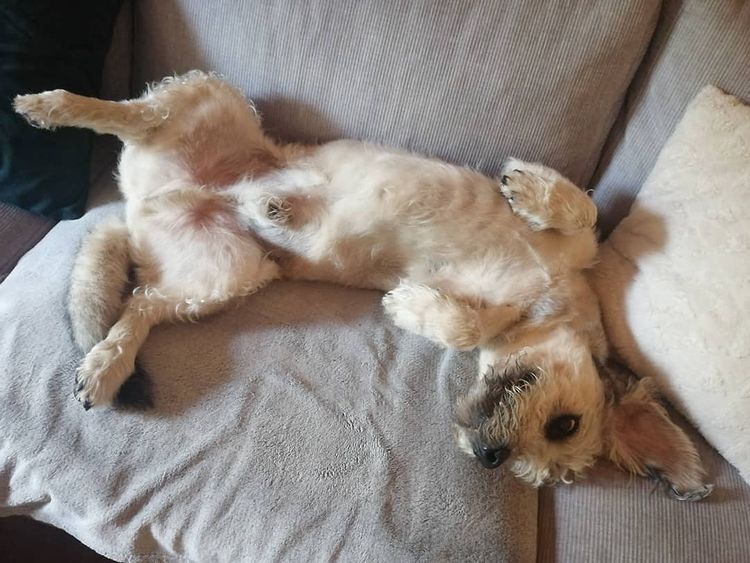
Still, if you want to feed your pup soft cheese, we recommend getting the low-fat variety of it.
What Does It Mean When A Dog Has A Hernia?
Hernias in dogs occur when a dog’s organs (most times, the intestines) locate a weak spot in the abdomen’s muscle wall and poke out through it.
Hernias appear similar to bumps that protrude out of dogs’ skin. This is another reason why hernias require swift medical attention from a professional who can tell the difference.
For puppies, make sure you check their belly region within the first few months after birth. This is just to ensure that a hernia hasn’t occurred.
Can A Dog Have An Outie Belly Button?
It is rare for dogs to have an outie or a protruding belly button. It could be an anatomical quirk if this protrusion has been there from puppyhood. Also, it could be that your furry friend has a rare scar formation, likely due to a genetic cause.
If you see a sudden development of an outie belly button, or it appears for days or weeks, then this problem will require urgent medical attention. Consult your vet immediately. It is most likely a hernia. Most people mistake hernias for belly buttons, but hernias must be removed very quickly.
Why Is My Dog’s Belly Button Red?
Allergies can cause your dog’s belly button to turn red. Other causes include pests like fleas, ticks, or mites. There are different symptoms. These include upset to the digestive system to skin conditions like redness, hair loss, irritation, itchiness, as well as other chronic skin infections.
A reddish belly button could also mean environmental allergies. These include reactions to cleaning products, poison ivy, cleaning products, fertilizer, and the like. When your pooch scratches and itches, it opens the skin to infections. This could cause a rash or aggravate an existing rash.
Another likely reason for your dog’s belly button turning red is as a result of fleas, ticks, or mites. These pests can expose our canines to different infections, which manifest on their bellies as skin rashes. Contact your vet immediately if you think your furry friend has an allergy.
Lastly, reddish belly buttons may also be caused by an umbilical hernia. This results when the umbilical ring of dogs fails to close completely after birth. This then appears as a soft red swelling. It also protrudes whenever the puppy is straining, crying, barking, or standing.
Why Is My Dog’s Belly Button Brown?
Your dog’s belly button could be brown due to hyperpigmentation. This may be due to hormonal issues like hypothyroidism. Other causes include Cushing’s disease, folliculitis, injection site alopecia, and yeast infection.
